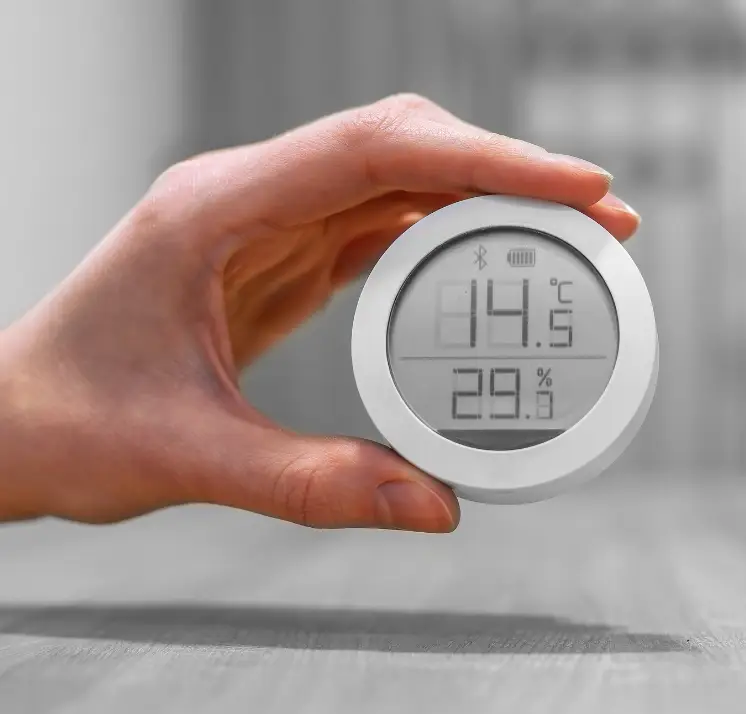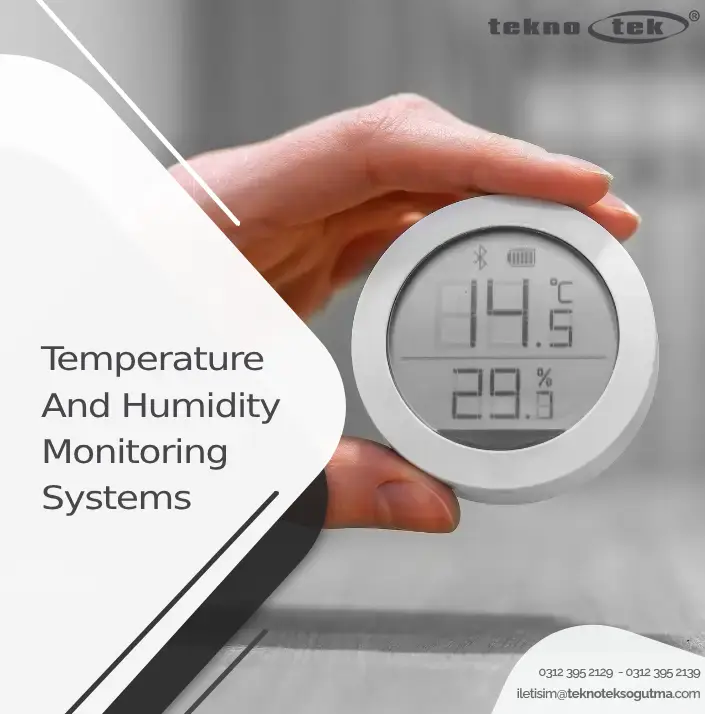In today’s fast-paced world, ensuring the optimal environmental conditions for various applications is crucial. One of the most effective ways to achieve this is through a temperature and humidity monitoring system. These systems are designed to continuously track and record the temperature and humidity levels within a given environment, ensuring that conditions remain within desired parameters. This capability is vital for various industries, including healthcare, agriculture, manufacturing, and data centers, where even minor deviations can lead to significant consequences.
A temperature and humidity monitoring system offers several advantages. Firstly, it provides real-time data, allowing for immediate corrective actions if conditions begin to deviate from the set range. Secondly, it ensures compliance with regulatory standards, particularly in sectors like pharmaceuticals and food storage, where precise environmental control is mandated. Finally, these systems often come with advanced features such as alerts and historical data analysis, enabling users to identify trends and prevent potential issues before they escalate.
Implementing a temperature and humidity monitoring system can be a game-changer. By automating the monitoring process, organizations can save time and resources while enhancing accuracy and reliability. Whether it’s a laboratory, warehouse, or office, maintaining the right temperature and humidity levels is essential for the safety, quality, and efficiency of operations.
Laboratory Temperature and Humidity Monitoring System
Laboratories require stringent control over environmental conditions to ensure the integrity of experiments and the safety of stored samples. A laboratory temperature and humidity monitoring system plays a pivotal role in maintaining these conditions. These systems are equipped with high-precision sensors capable of detecting even the slightest changes in temperature and humidity, which is crucial for sensitive experiments and materials.
In addition to real-time monitoring, a laboratory temperature and humidity monitoring system often includes features such as data logging and remote access. This allows laboratory personnel to review historical data and access the monitoring system from anywhere, ensuring continuous oversight. The ability to set customized alerts is another vital feature, as it ensures that any deviations are promptly addressed, preventing potential disruptions to ongoing research and experiments.

Wireless Temperature and Humidity Monitoring System
With advancements in technology, wireless solutions have become increasingly popular due to their flexibility and ease of installation. A wireless temperature and humidity monitoring system eliminates the need for extensive wiring, making it an ideal choice for both new installations and retrofitting existing structures. These systems use wireless sensors that communicate data to a central hub, which can then be accessed through various devices such as computers, tablets, or smartphones.
The primary advantage of a wireless temperature and humidity monitoring system is its scalability. It can easily accommodate additional sensors as needed, allowing for comprehensive coverage of large or complex environments. Moreover, the absence of wires reduces the risk of damage or interference, ensuring more reliable performance. This type of system is particularly beneficial in settings where mobility and flexibility are paramount, such as in large warehouses, greenhouses, or multi-room facilities.

